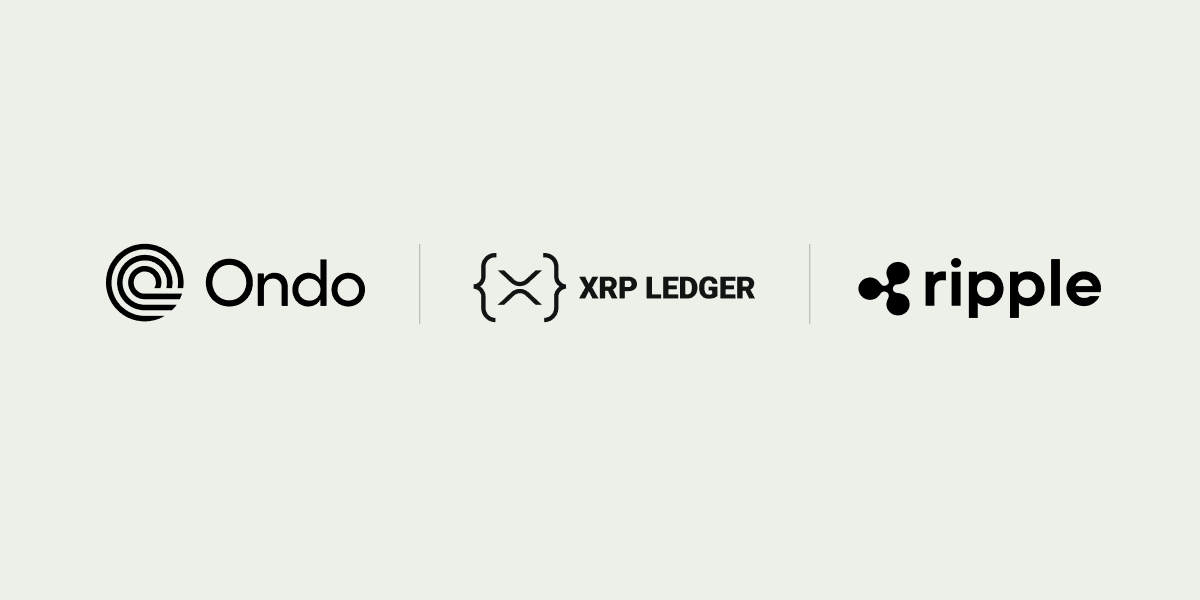Since its creation in 2012, XRP Ledger has been operating as a next-generation alternative to the proof-of-work concept that was originally introduced by Bitcoin. As the root ledger for the digital asset XRP, XRP Ledger is an enterprise blockchain supporting the institutional use case of cross-border payments, especially for banks and payments providers around the world who need more efficient liquidity and greater access to emerging markets.
Decentralization of XRP Ledger is a process that started right at its inception and has been ongoing since. We intentionally haven’t rushed the process and have been making continuous progress all along. To meet the growing demands of our customers, we need to diversify the validator ecosystem to further increase resiliency and robustness. We believe these efforts will lead to XRP becoming globally adopted as the digital asset for payments.
Our strategy to further decentralize XRP Ledger consists of two components:
1. Diversify validators on XRP Ledger.
In order to maintain future network reliability and mitigate the risk of a single point of failure, XRP Ledger needs to be able to securely run without depending on any one entity. Today, XRP Ledger has 25 validator nodes running, but continuing to grow and diversify this list of recommended validator operators is a priority for us. Diversification means a variety of identities, geographic locations and software platforms, all of which will further mitigate the risk of a single point of failure.
As more validators join XRP Ledger, their performance will be monitored against a specific set of criteria, including their consensus agreement rate, uptime, verification of identity and public attestation.
2. Add attested validators to Unique Node Lists (UNLs).
A Unique Node List is the set of validating nodes that a given participant listens to for reliable information about transactions in the XRP Ledger. We sometimes call nodes that appear on many participants’ UNLs trusted. It’s these trusted nodes that validate transactions, enable/veto amendments and modify fees (learn more about validators and UNLs here). Currently, Ripple provides a default and recommended UNL configured with validating nodes operated by Ripple, and our plan is to systematically replace these nodes with attested third-party validating nodes. Over the course of the next 18 months, for every two attested third-party validating nodes that meet the objective criteria mentioned above, we will remove one validating node operated by Ripple, until no entity operates a majority of trusted nodes on the XRP Ledger.
As we continue these initiatives to further decentralize the system, XRP Ledger will inherently become even more resilient. A key benchmark that we aim to achieve is to become more decentralized than Bitcoin, which at the time of writing is 51% controlled by just five mining pools. This means the largest five pools working together could achieve a 51% attack and reverse transactions (double spend) at will. For Ethereum, this number is even lower: only three pools are needed for a takeover. To match Bitcoin, XRP Ledger would need just 16 trusted validators. Add more, and the number of tolerable faults increases accordingly. In other words, XRP Ledger will not just meet, but exceed the decentralization level of other public blockchains.
Moreover, validators on XRP Ledger will be less likely to be malicious or successfully attacked. Bitcoin chooses validators solely based on their mining power which actually disincentivizes security. Security measures cost money, but don’t improve the speed of mining. On the other hand, Ripple validators are chosen based on their merit as validators. That is to say, the most reliable, reputable, stable and secure validators will tend to appear on most people’s UNLs.
Already, Ripple is the only enterprise-ready public blockchain. Savvy enterprise services companies are running Ripple validators to demonstrate their expertise in blockchain, which will save businesses $3.1 trillion by 2030, according to Gartner. If your organization is interested in setting up a validator, you can find more information here.







